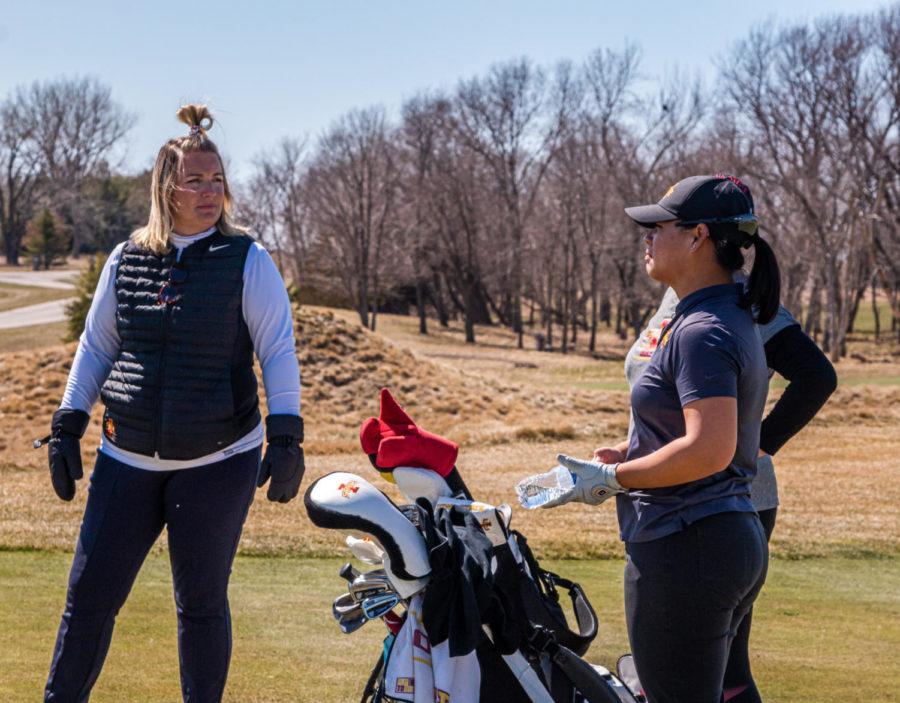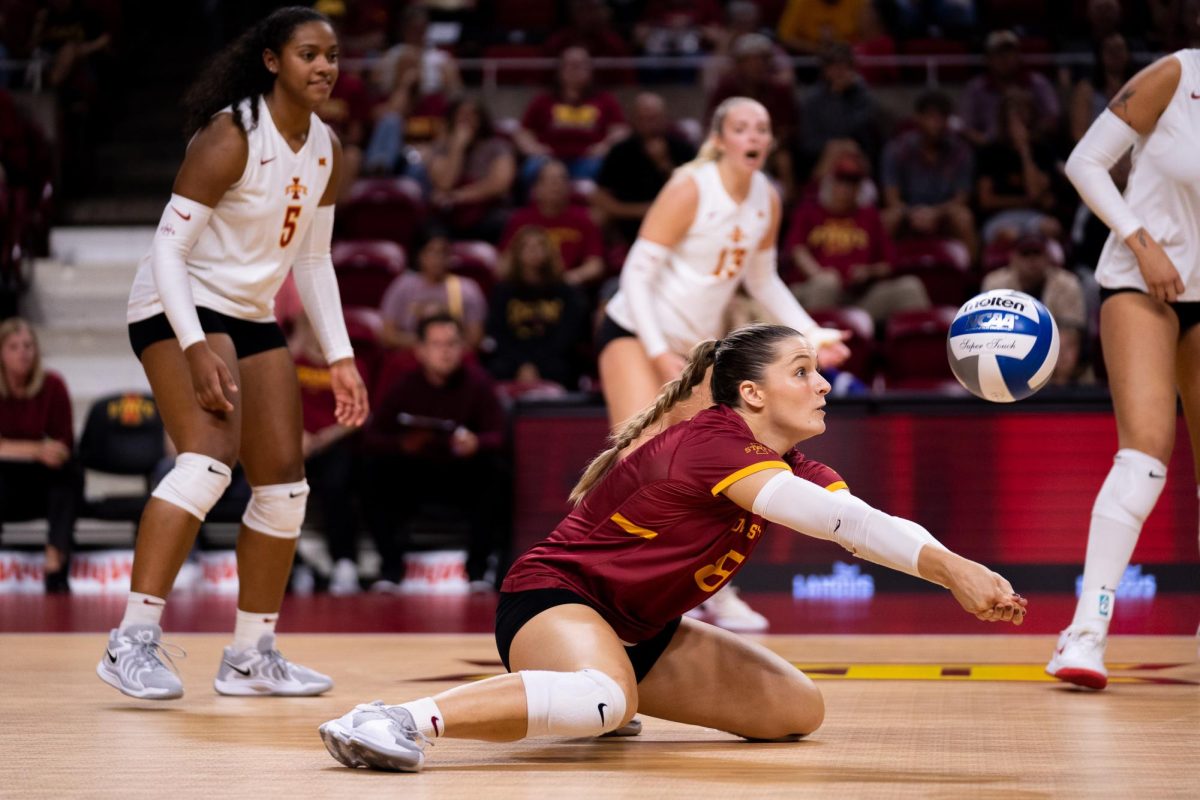Spring graduates ponder finances
February 29, 2000
With graduation on the horizon, many seniors find themselves wondering how they should handle their finances when they enter the “real world.”
“I feel like there are so many options out there,” said Bryan Wicks, senior in sociology. “It gets kind of confusing. Should I be trying to pay off my debts, or should I be investing for the future?”
Some ISU financial experts said the answer to that question is usually investing in the market.
The average college graduate leaves Iowa State with about $17,000 in student loans and $2,500 in credit card debt, said Mark Oleson, director of Iowa State’s Financial Counseling Clinic, located in Oak-Elm Hall.
With the average debt burden hovering at almost $20,000, Gary Koppenhaver, associate professor of finance, said most students should not wait to begin investing.
Usually interest rates on student loans are low enough that students are better off paying the scheduled amount each month and then investing about half of what income is left over, Koppenhaver said.
“By doing this, you are essentially using someone else’s dollars to make money,” he said.
One exception to this would be if a person has burdensome credit card debt, Koppenhaver said, because the interest on the cards held by most students is usually high.
“One thing about students is that they are rich in one thing: time,” he said.
That’s why students should try to begin investing as early as possible in order to take advantage of compound interest, Koppenhaver said.
“How long you invest will determine how successful you’ll be at investing,” he said.
The market has been good for quite a while now, and Koppenhaver predicted there could be a slight correction in stock prices sometime in the next couple years.
“We need a breather,” he said.
But Koppenhaver said the lower market will actually be a great time for students to get involved in investing.
“No one wants to pay retail,” he said.
By investing when the stock market is down, it’s like getting “wholesale on sale,” Koppenhaver said.
The first thing to do when beginning to invest is to take a personal assessment to see how much risk one’s willing to endure, Oleson said.
Koppenhaver said he usually suggests that students open a money market or mutual fund until they are financially stable enough to invest in stocks. He said money markets and mutual funds usually require an initial deposit of $1,000 to $3,000.
As far as trading online with an electronic broker, both Oleson and Koppenhaver agreed although it is one way to get started, the electronic brokerage sites often encourage investors to trade more than is wise.
“It’s almost a little too easy, too accessible,” Oleson said.
The best strategy over the long haul is to stay in the market and not keep trading every time stocks take a dip, Koppenhaver said.
Meanwhile, Wicks said he just wants to be able to live comfortably.
“All I want is to have enough money to retire with,” he said. “I just hope I do the right thing with my money.”






